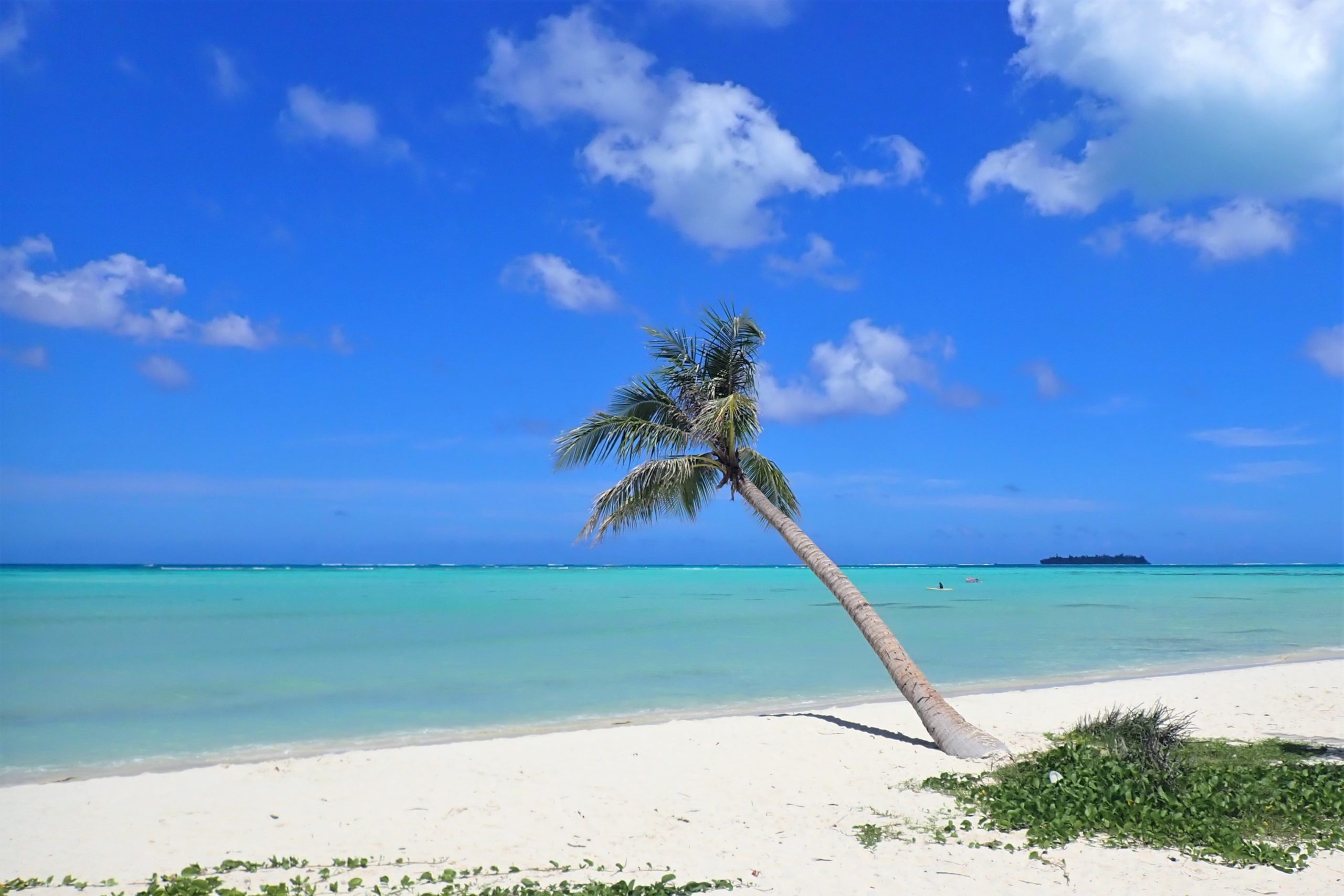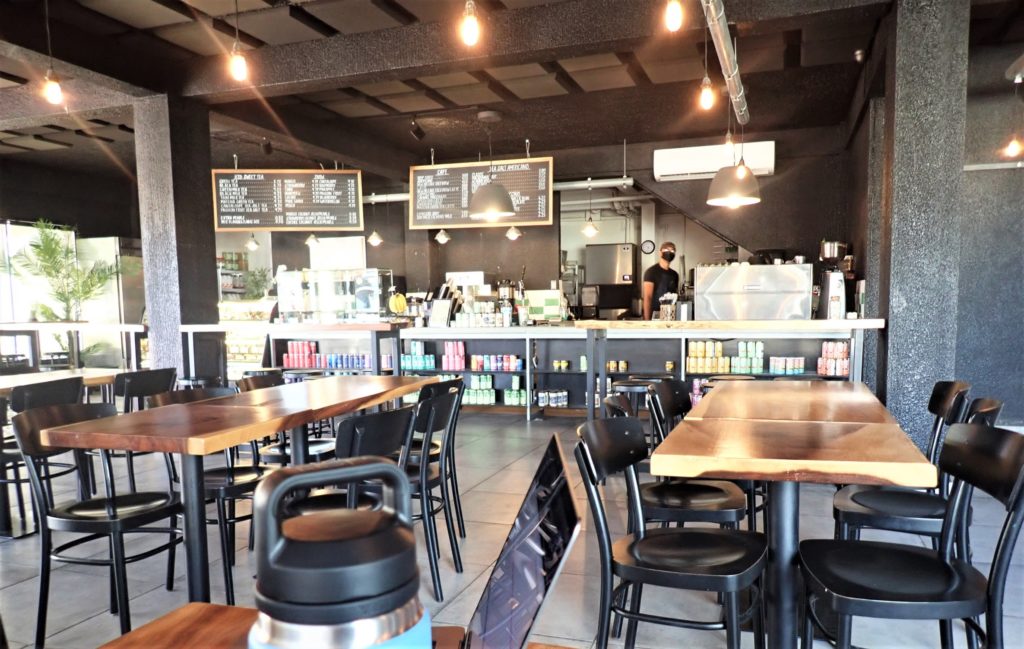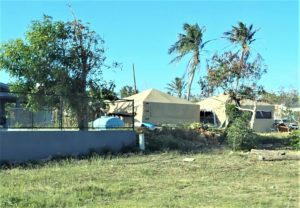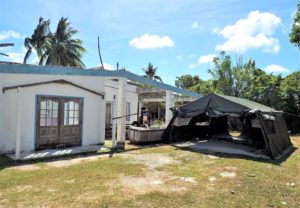Though there are no confirmed cases of COVID-19 in Saipan, the island commonwealth has become a ghost town.
Situated in the West Pacific, Saipan was acquired by the United States during World War II. The island is so remote that many people living stateside have never heard of it.
I traveled to Saipan for a three-week, university-sanctioned global health elective on March 4, 2020. At this time, the WHO had not yet declared an official pandemic and the continental United States had only 158 reported cases of coronavirus. Just under three weeks later, that number has increased by well over two factors of ten, with cases now reaching over 44,000. But I’m getting ahead of myself.
Traveling to the island of Saipan, I thought at first that I had surely dodged the brunt of a surging viral outbreak. I had done it: I had narrowly escaped to a tropical paradise untouched by coronavirus — and just in time! It soon became apparent, however, that this was not the case.
The first thing I noticed about Saipan was how eerily deserted it was. There was no traffic on the roads, and stores were open but mostly empty. Where was everyone?
Two years ago, over 50,000 tourists visited the island in March, primarily from China, Korea and Japan. Because of COVID-19’s early spread through Asia, the island has been hurting for customers since travel restrictions were instituted in China back in January. Even though there is no virus circulating here, the effects are deeply felt.
While this time of year is normally the peak of Saipan’s tourist season, rooms and resorts lay vacant. Average hotel occupancy dropped to a historically low 19% this month. The tourism industry has lost over 50 million dollars and is projected to lose 100 million more; that’s a deep cut for a place where tourism makes up 72% of the entire economy.
Unfortunately, things get worse. Because no money is coming in, the local government has invoked austerity measures, cutting hours for municipal services and funding to public schools. Some people fear for their jobs and others have been laid off already. Meanwhile, the island’s only hospital is preparing for the inevitable arrival of coronavirus by building negative pressure rooms and stationing public health officials at every entrance. The facility currently has four ICU beds for a population of 52,000.
Did I mention the island was hit by not one, not two, but three super typhoons in the past two years? Many native islanders are still living under tarp roofs and in tents provided by FEMA. When I consider stateside complaints of boredom from folks having to self-isolate in comfortable homes, I can’t help but wonder what it will be like when people here are called upon to do the same.
Traveling to Saipan was not an escape from the pandemic. Even though there are no cases of coronavirus in Saipan, the ripples are everywhere. The locals have suffered so much from forces beyond their control in recent years. Now they must face economic collapse on the verge of an impending viral outbreak. It’s only a matter of time before COVID-19 arrives.
As I have read firsthand accounts of coronavirus infection from the front lines in Italy and now the United States, the situation was still not real for me. But reflecting on living in Saipan has given me perspective; I realize the pandemic is not a world away. By definition, a pandemic knows no bounds. Everyone is affected. Everyone must do their part wherever they are. We have a collective responsibility to each other. As the world becomes more inseparably connected, all of mankind plays a contributing role in the formation and preservation of global health.
Image credit: All images courtesy of author Steven Duncan.




